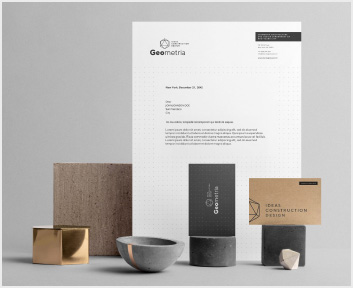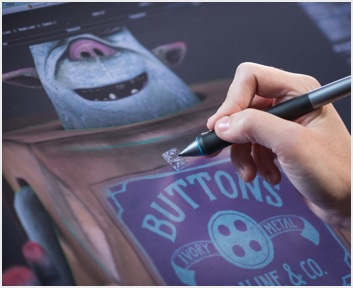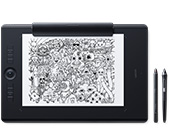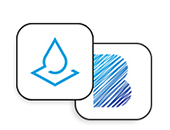Fully dedicated to professional creatives - engineers dream of digital pens at night
Where is Wacom heading in terms of pen development?
“I’d like to make the pen core slimmer and sharper without losing any of its robustness. By making the pen shaft as thin as possible, it allows creators to increase the thickness according to their preference.. However, this does not work the other way around. When it comes to a digital pen, too small is better than too big. Unparalleled sleekness is my ambition, and I wish to cut down on the excess ‘flesh’ of our pen. Ideally, creators should find our slim pen so fancy that they want to carry it around with them at all times,” said Maeda.
“I want to challenge our limits in an attempt to align our products with the users’ needs. What do they really need? How should a pen feel in the creators’ hands in order to work as an extension of their arms? These questions were so intriguing and fascinating that I became really absorbed in my research. I am curious to know all the different opinions on this product from our user community. It is possible they may come up with a brand-new “use case” that we had never imagined. How exciting!” says Ogata.
“Previously, the starting point of drawing images was usually analog. This means that people start drawing with a pen and paper. Naturally, engineers used to regard ‘faithfully duplicating the feel of analog drawing’ as the ultimate goal. Yet, times have changed. Digital natives who grew up with smartphones since early childhood are now becoming key players. More often than not, they go straight into digital drawing. Accordingly, our focus should not be the mere reproduction of the analog feel. Instead, we should be aiming for digital tools that approximate analog tools AND leverage the benefits of digital tools,” says Suzuki.
When asked to talk about their professional dreams, three engineers told us three different stories. However, the one thing they had in common was a keen passion for delivering a pen dedicated to professional creatives.
Maeda continued, "if I may blow my own horn, I am proud to say the Wacom Pro Pen 3 is pretty perfect. Honestly, it is an amazing pen. But until now, this pen has been reserved only for the Wacom Cintiq Pro 27, our high-end pen display model. I always found this limitation a pity and wanted many more creators to know the beauty of this pen. Through the release of the Wacom Movink 13, which supports this pen, we can now share the exciting pen experience of the Pro Pen 3 with a wider range of users. I am thrilled." Wacom Movink 13, Wacom's first ever OLED pen tablet, is surely going to broaden the fan base of the Wacom Pro Pen 3. More people will come to appreciate the best pen experience delivered by Wacom engineers’ proudest achievement.


































